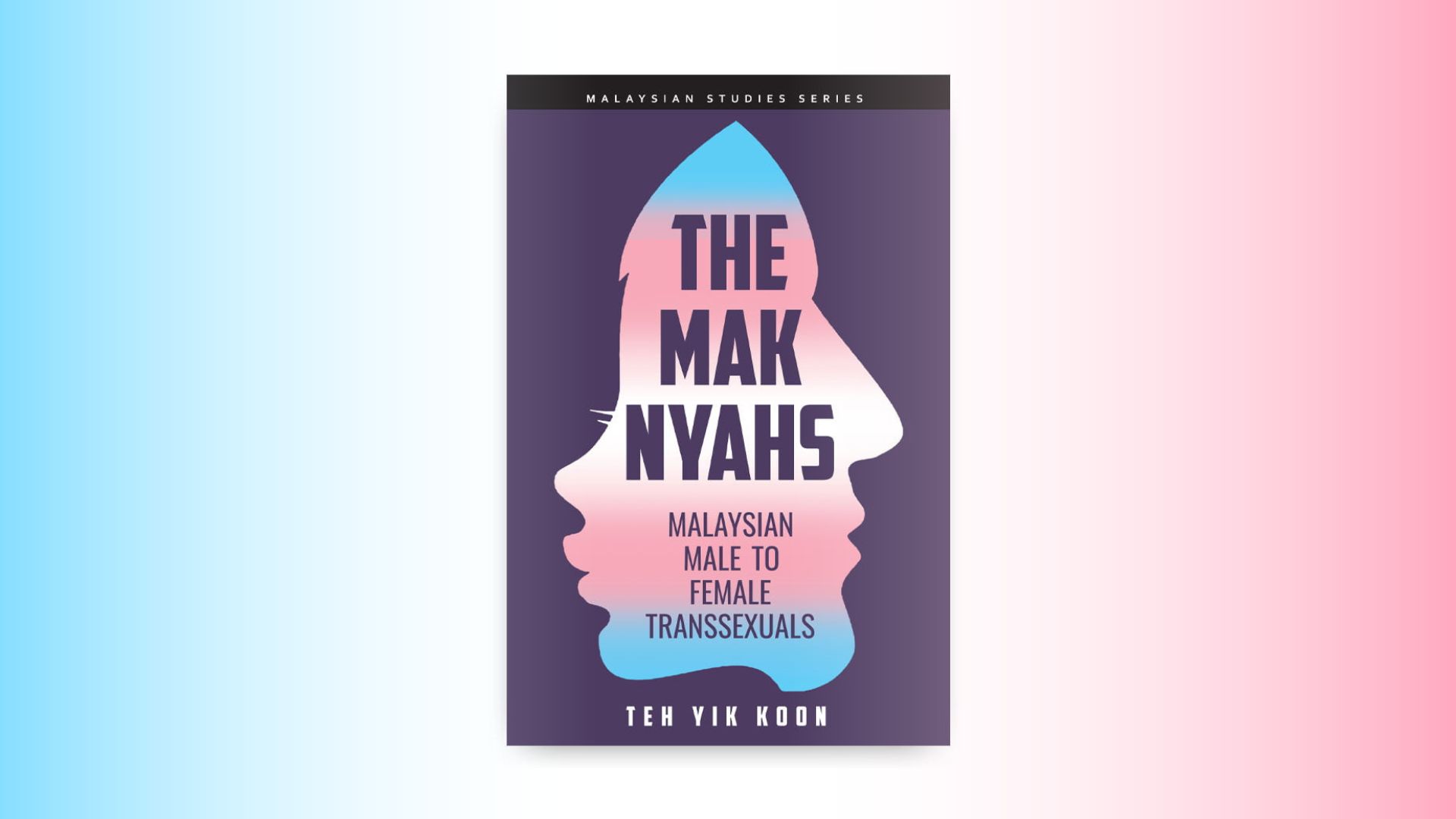Malaysian Book ‘The Mak Nyahs’ Gives Us A Cultural Deep Dive Into The Minds Of Local Transgenders of 2002
 Thirsty for JUICE content? Quench your cravings on our Instagram, TikTok and WhatsApp
Thirsty for JUICE content? Quench your cravings on our Instagram, TikTok and WhatsApp
Deprived of societal acceptance, and shunned by the public, ‘The Mak Nyahs’ brings to light the plight of the mak nyah and transgender community in Malaysia. 
The “mak nyahs” at the time generally defined themselves as ‘men who look like women and are soft and feminine’ or ‘men who dressed up as women’. It explores the problems faced by the local community in a ground-up approach.
Author, Yik Koon Teh, took it upon herself to delve into a topic that was (and still is) a taboo in our country. The book was first published in 2002, surely an important piece of literature at a time when no other in-depth studies had tried to understand the problems which the mak nyah community faced.
Aside from its insight into the conflicts faced posed by the cisgender community, what was most interesting to us was reading about the mak nyahs’ own personal conflicts with issues more specific to our culture, such as the influence of religion.
The Islamic culture of Malaysia proved to play a significant role in not only the criminalisation of transgender persons but also a role in their own gender identity. Coming from a strong religious upbringing and influence, some of the mak nyahs at the time were still attached to it, which acted as a barrier to them from living a fully transitioned life.
A section of the book that stuck with us was reading about how some mak nyahs stopped dressing femininely because they wanted to be buried as Muslim men. One wonders how relatable this is for people within transgender communities who come from lesser religious societies. And we could only wonder about the inner conflict that a believing or practising Muslim transgender person faces.

We received the book not knowing what to expect and while we initially thought it would be more narrative-based, the book is actually very factual. The book however does use outdated terms such as ‘transsexuals’.
Regardless, the book features survey after survey of difficult but important questions. Readers are able to gain a deeper comprehension of what goes on within the mak nyah community ranging from questions on upbringing and family, histories of sexual abuse, sexual practices, and sexual health issues as well.
Reading the book over 20 years after its publication, it was disappointing to note how slow-moving our Malaysian society has been in accepting transgender people without discrimination.
Just last year Malaysian police detained at least 20 people at a party held by members of the LGBT community for ‘cross-dressing’ and allegedly encouraging vice.
With a multitude of in-depth surveys specific to our culture done throughout the local transgender community, much of the takeaways found from ‘The Mak Nyahs’ still rings true today.


 Get Audio+
Get Audio+ Hot FM
Hot FM Kool 101
Kool 101 Eight FM
Eight FM Fly FM
Fly FM Molek FM
Molek FM